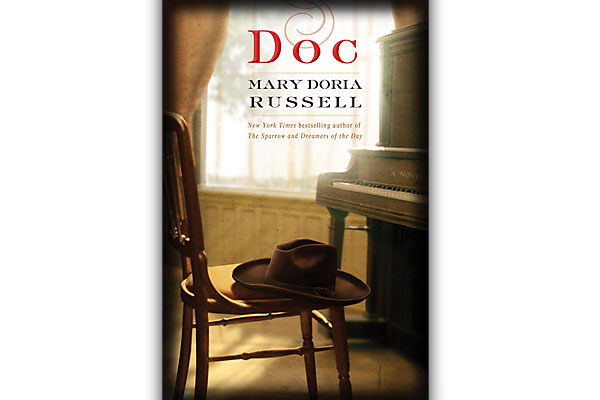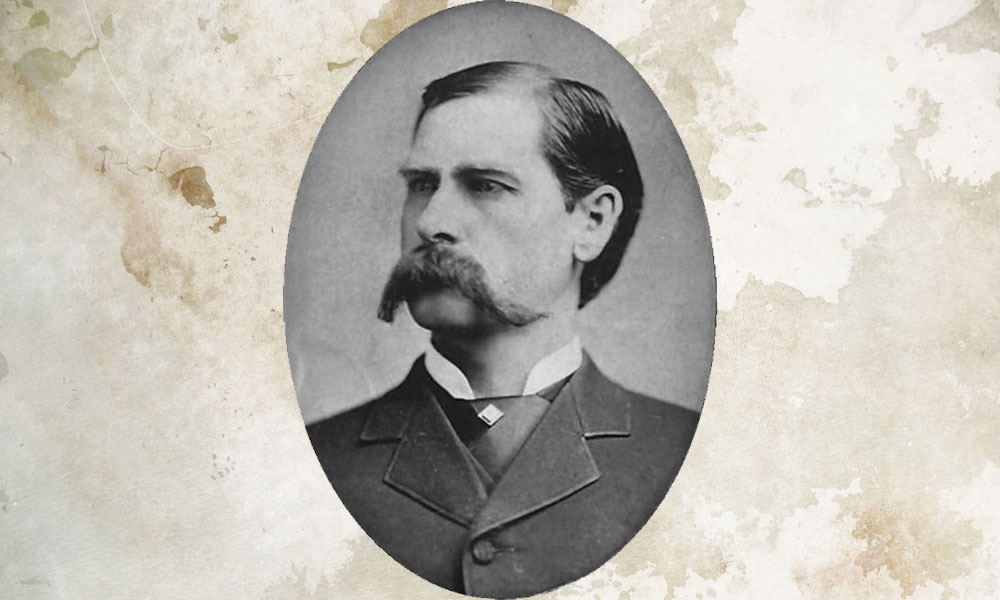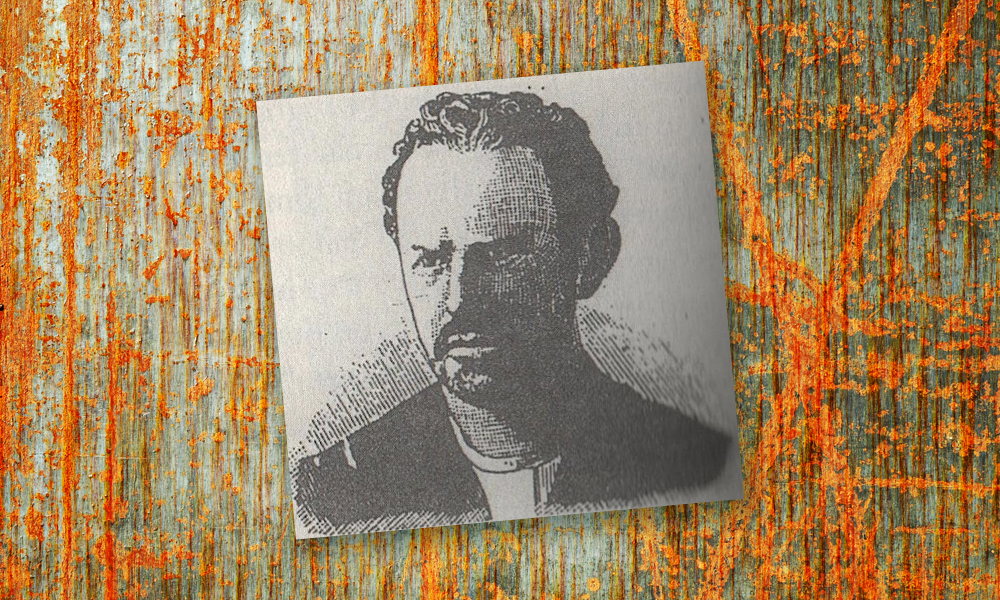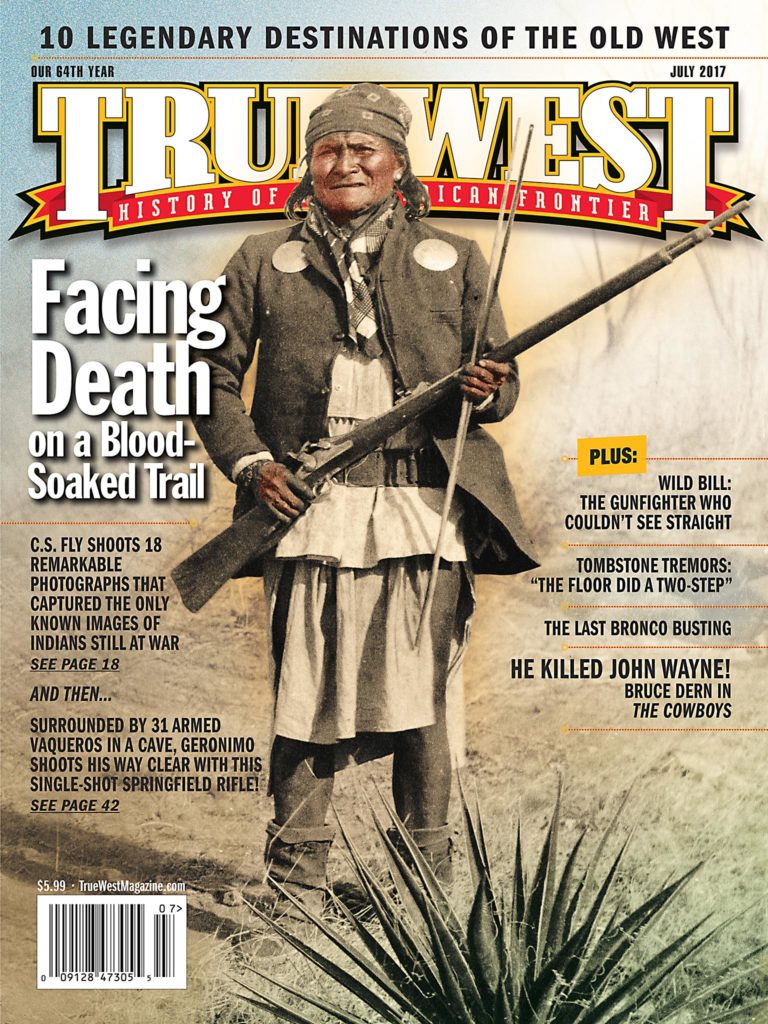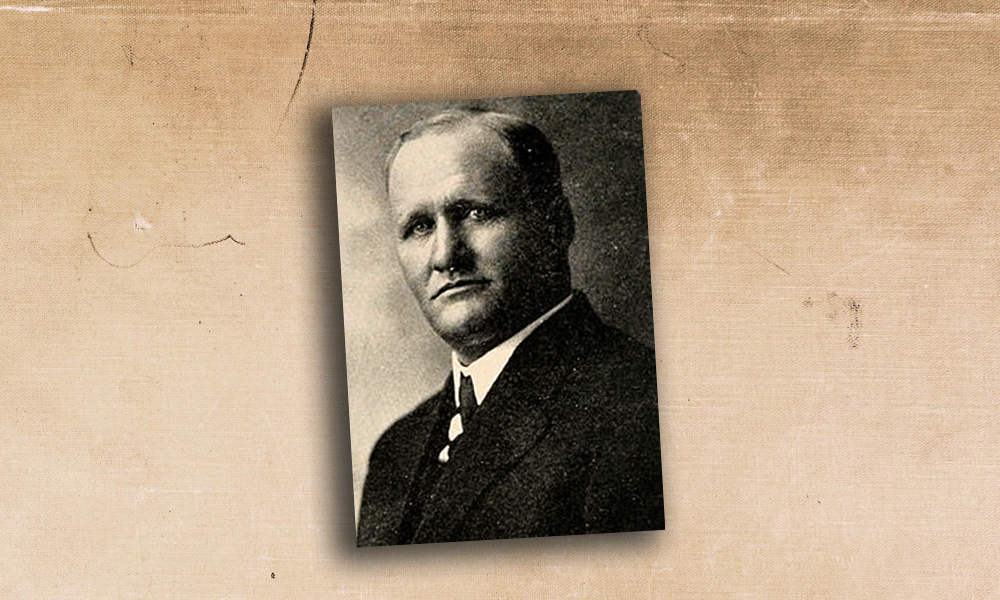 Arizona’s “Depression Governor,” was a crusty, country doctor from Tempe named Benjamin Moeur. Doc Moeur was born in Tennessee and raised on a ranch near San Antonio, Texas. He liked to say, “I punched cows from the time I was six years old until I was twenty.”
Arizona’s “Depression Governor,” was a crusty, country doctor from Tempe named Benjamin Moeur. Doc Moeur was born in Tennessee and raised on a ranch near San Antonio, Texas. He liked to say, “I punched cows from the time I was six years old until I was twenty.”
After graduating from medical school in 1896, he got married, practiced in Tombstone and Bisbee before settling in Tempe. Years later when he ran for governor it was said the ten thousand babies he delivered all over the territory grew up and voted for him, thus guaranteeing his election.
Doc Moeur was a gruff, horse and buggy country doctor who possessed a rather crusty bedside manner. My grandmother, who spoke fluent Spanish had delivered many of those babies. The Mexican women in Tempe preferred her to the former Texas cowboy.
Years later she came to him with a hernia that was strangulating from laboring in the cotton fields. Doc Moeur was governor by then but he told her to lie down on the table. He’d warned the asthmatic woman she was too frail to labor in those cotton fields.
In just a few moments he adroitly manipulated her abdominal region and straightened it out. Then he gave her a stern look and with typical bedside manner said, “There old woman; now git up and go back to pickin’ that damn cotton.”
Doc Moeur was said to have possessed the most vivid and descriptive swearing vocabulary in Arizona. He also had a quick wit.
Once at a society gathering he greeted a woman by saying, “You sure look good.” She responded by saying, “I wish I could say the same for you.”
He replied, “You could if you were as big a liar as me.”
Sir Winston Churchill would have enjoyed knowing Doc Moeur.
Despite his coarse, gruff manner, Doc Moeur had a heart of gold. He was a great humanitarian who never refused to help those in need. During construction of Roosevelt Dam he had himself transported across Salt River Canyon in a cement bucket attached to a cable to aid an injured worker.
In 1926 my uncle, a member of the Tempe High School football team contracted pneumonia in the cold, wet weather and Doc Moeur was called. After examining him he looked at my grandfather and said, “He isn’t going to make it but I’ll sit with the lad until he’s gone. That crusty country doctor sat there beside his bed giving what comfort he could until my uncle died the next morning.
During the dark days of the Great Depression, Governor, Moeur spent his lunch hour in the rotunda of the capitol building doctoring indigent folks for free. At Christmas, when he knew his clients were too poor to pay their doctor bills, he’d send them a Christmas card with these words inscribed, “Paid in full.”
Governor Moeur’s most memorable act, however, came in 1934 when Arizona engaged in a brief “naval war” with California. It all began when the state’s water-guzzling neighbor pulled its considerable political strings in Washington to build a diversion dam on the Colorado River at Parker to take water to Los Angeles. California, the only one of the lower basin states that contributed no water to the river, was about to take the lion’s share.
Moeur was determined to stop a Los Angeles utilities company from building the dam. He wanted to keep California from taking any more water until Arizona was guaranteed its 2.8 million acre-feet a year.
In March he sent a squad of national guardsmen to patrol the dam site. One evening they borrowed a couple of antique steamboats, the Julia B. and the Nellie T., owned by a colorful local ferryboat operator named Nellie Bush, to reconnoiter the other side. In honor of the occasion the governor ceremoniously commissioned Nellie “Admiral of the Arizona Navy.”
Unfortunately, the reconnaissance mission turned into a disaster when the two boats got hung up in some cables. Their worst nightmare came true, the “desert sailors” had to be rescued by those rascal from the west coast. Local and national newspapers had a heyday, declaring the Arizona Navy had sunk in the Colorado River
All was quiet on the western front until November when construction crews began building a trestle bridge from the California side of the river. On November 10th, Governor Moeur declared martial law and sent a force of 40 infantry and 20 machine gunners to Parker. The guns were aimed at the dam and the construction crews made a hasty retreat to safety.
Secretary of Interior, Harold Ickes was called to action and halted all construction on the dam site. The matter was then handed over the U.S. Supreme Court which issued an injunction, ordering Arizona not to interfere with the construction of Parker Dam. Governor Moeur was also ordered to bring the troops home and Parker Dam was completed in 1938. It would be another thirty years before the Central Arizona Project came to fruition and 1993 before it was finally completed after the canal reached Tucson.


